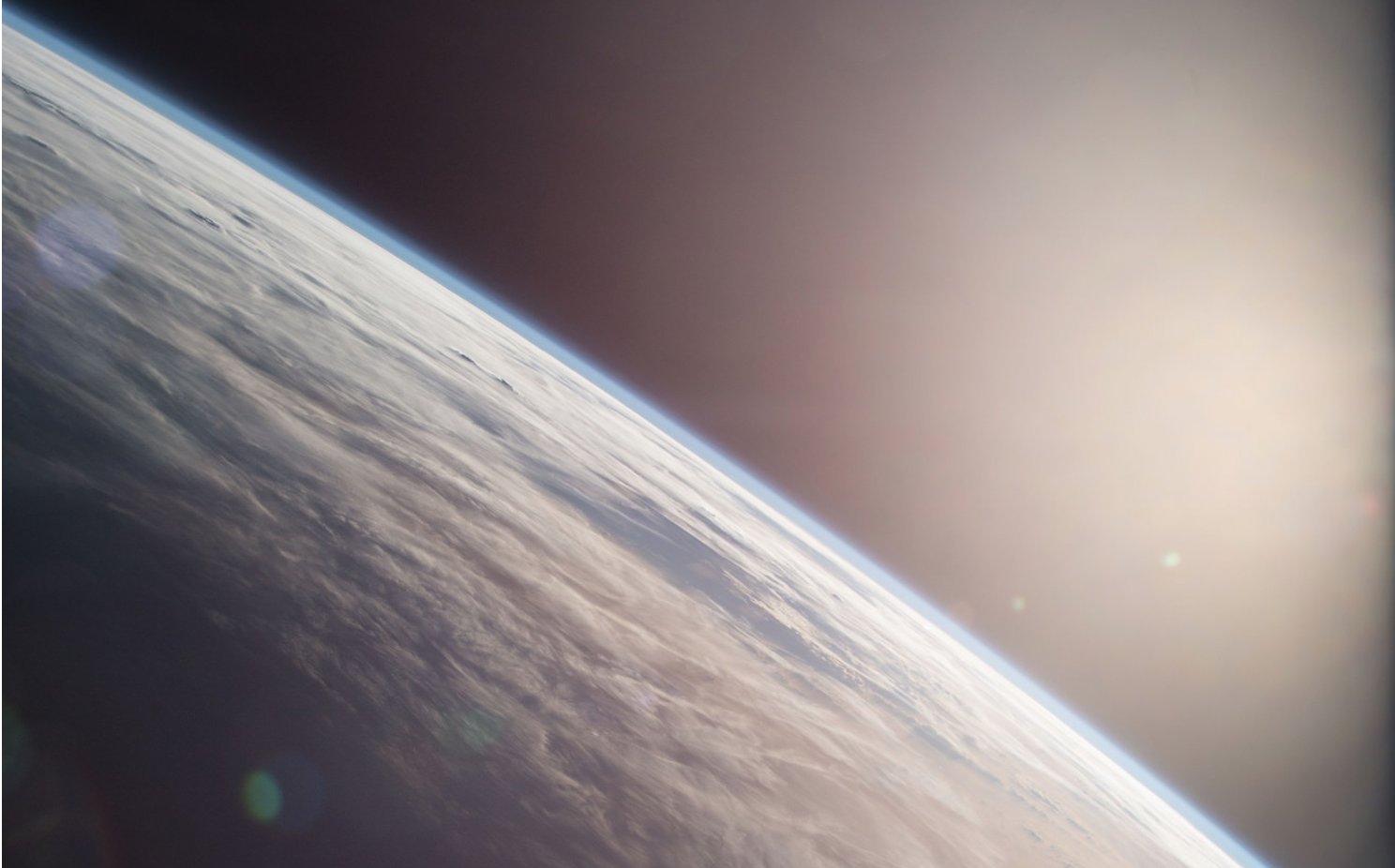Create a free profile to get unlimited access to exclusive videos, sweepstakes, and more!
Earth must have spawned life way later than we thought

Life-forms started creeping around on Earth billions of years ago, but not as many billions as you might think.
Geologists from Australia’s University of New South Wales and Germany’s University of Cologne have found that Earth became habitable much later in its formation than previously assumed. The thinking used to be that the primordial soup that was once our planet had all the ingredients for life from the beginning. But recent Isotope analysis revealed that volatiles like water and elements such as carbon and nitrogen only appeared as the planet had finished going through cosmic puberty.
The findings “are consistent with volatile-rich material from the outer Solar System being delivered to Earth during late [formation],” said Mario Fischer-Gödde from the Institute of Geology and Mineralogy at the University of Cologne, who led a study recently published in Nature.
Volatile organic compounds easily turn into vapor or gas. Water, the hydrogen necessary to form water molecules, and the carbon dioxide we breathe out are all volatiles. Asteroids originally brought volatiles over to Earth — nobody really knows where from — and ancient rocks from Earth’s mantle told Fischer-Gödde and his team that the previous timeline for life spawning on Earth may have been wrong. The oldest mantle rocks they unearthed, from the Archean Eon (4 to 2.5 billion years ago), were chemically compared to modern mantle rock and chunks of asteroids.
Earth is thought to have started forming around 4.5 billion years ago. It was an isotope of ruthenium (Ru) from the mantle which gave away around how early Earth could have become habitable. Ruthenium is a rare platinum metal that is a siderophile, meaning it often combines with iron. Most of it migrated to Earth’s iron-heavy core when the planet was formed. Greater amounts of this ruthenium isotope in the pieces of 3.7-billion-year-old mantle, when compared to the amount in the modern mantle, meant it hadn’t all gone to the core, so the planet wasn’t finished forming.
Further observations proved that it was only when the planet was nearly formed that comets and asteroids brought life-sustaining volatiles.
“Earth’s [nearly formed] mantle could already have contained a fraction of Ru that was not fully extracted by core formation,” Fischer-Gödde said, adding that the isotope’s “excess indicates that the source of the Eoarchaean rocks already contained a substantial fraction of Ru before [Earth was finished forming].”
Evidence of the earliest known life on Earth supports the team’s findings. Scientists used to think life took billions of years to come into being. Life-forms are now believed to have started appearing only a few hundred million years after the planet matured and finally had enough volatiles. Microbes that were anaerobic (not needing oxygen) and autotrophic (able to make their own nutrients out of inorganic substances) lived on nascent Earth. They needed H2 and CO2 for their metabolic processes, which is why they could not have survived before the planet finished forming.
This could even change how we search for life beyond Earth. If there are other planets with a similar geological history, they might have been crawling with life soon after formation. Not that we’re even close to sure of what keeps extraterrestrial organisms alive, and there might be something breathing methane on Titan right now for all we know, but at least what has been found right here gives future studies a backbone.
Sometimes our planet really seems more alien than we ever could have imagined.
(via University of New South Wales/Nature)


























